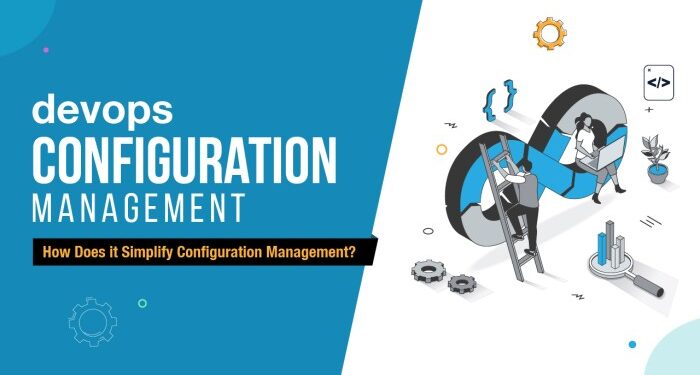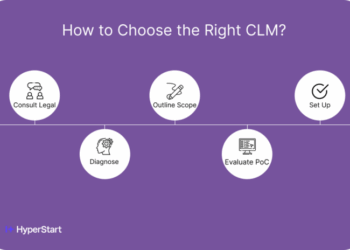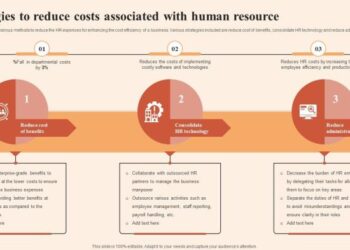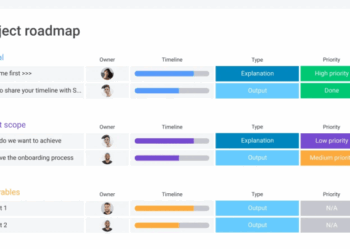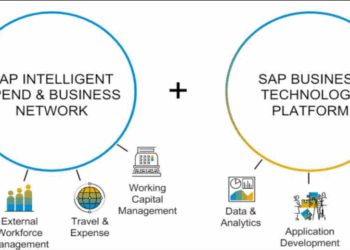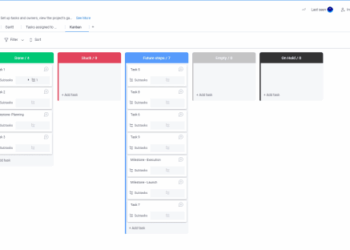Delving into The Future of Configuration Management in DevOps, this introductory paragraph aims to grab the attention of the readers with a compelling overview of the topic.
The following paragraph will delve deeper into the intricacies and importance of configuration management in the realm of DevOps.
Importance of Configuration Management in DevOps
Configuration management plays a crucial role in DevOps by providing a systematic approach to managing software configurations across various environments. It involves tracking and controlling changes to ensure consistency and reliability in software development.Effective configuration management in DevOps has several benefits that contribute to the overall success of a project.
Some of these benefits include:
- Ensuring consistency: By maintaining a central repository of configurations, teams can ensure that all environments are consistent, reducing the risk of errors and conflicts.
- Facilitating collaboration: Configuration management tools allow team members to work together seamlessly, sharing configurations and changes in real-time.
- Improving traceability: With proper configuration management, teams can easily track changes, understand dependencies, and troubleshoot issues more efficiently.
Examples of How Configuration Management Improves Efficiency in DevOps Workflows
Implementing configuration management practices can lead to significant improvements in the efficiency of DevOps workflows. Some examples include:
- Automated deployments: Configuration management tools enable automated deployments, reducing manual errors and speeding up the release process.
- Version control: By managing configurations in a version control system, teams can easily revert to previous versions if needed, ensuring stability and reliability.
- Infrastructure as code: Using configuration management tools to define infrastructure as code allows for consistent and repeatable provisioning of resources, leading to greater scalability and flexibility.
Current Challenges in Configuration Management
Implementing configuration management in DevOps comes with its own set of challenges that organizations need to address in order to ensure smooth software delivery and efficient operations.
1. Lack of Standardization
One common challenge is the lack of standardization in configuration management practices. Different teams may follow different procedures, leading to inconsistencies and errors in the deployment process.
2. Configuration Drift
Configuration drift occurs when the actual configuration of a system deviates from its intended state over time. This can result in performance issues, security vulnerabilities, and operational failures.
3. Manual Processes
Relying on manual processes for configuration management can be time-consuming and error-prone. Human errors can lead to misconfigurations, causing delays in software delivery and potentially putting systems at risk.
4. Lack of Visibility
Without proper visibility into the configuration changes across the infrastructure, it becomes challenging to track and manage the configurations effectively. This lack of visibility can lead to misconfigurations and compliance issues.
5. Security Risks
Poor configuration management practices can expose systems to security risks such as unauthorized access, data breaches, and cyber attacks. Vulnerable configurations can create loopholes for attackers to exploit.
Automation in Configuration Management
Automation plays a crucial role in configuration management for DevOps by streamlining processes, reducing errors, and increasing efficiency. By automating repetitive tasks, teams can focus on more strategic initiatives and deliver high-quality software at a faster pace.
Popular Tools for Automating Configuration Management
There are several popular tools used for automating configuration management processes in DevOps. These tools help in managing infrastructure, deploying applications, and ensuring consistency across environments.
- Ansible: Ansible is an open-source automation tool that allows for configuration management, application deployment, and task automation. It uses playbooks written in YAML to define configurations.
- Chef: Chef is a powerful automation platform that uses a Ruby-based DSL for writing infrastructure as code. It helps in automating the deployment and management of infrastructure.
- Puppet: Puppet is another widely used configuration management tool that automates the provisioning, configuration, and management of infrastructure. It uses a declarative language to define configurations.
- SaltStack: SaltStack is a scalable automation tool that uses a master-minion architecture for managing configurations, orchestrating tasks, and monitoring systems.
Examples of Automation Streamlining Configuration Management Tasks
Automation streamlines various configuration management tasks in DevOps, making processes more efficient and reliable. Here are some examples of how automation benefits configuration management:
- Automated Provisioning: Automation tools can provision servers, networks, and storage resources automatically, reducing manual intervention and ensuring consistency.
- Continuous Deployment: Automation enables continuous deployment by automating the build, test, and deployment processes, allowing for faster delivery of features and updates.
- Configuration Drift Detection: Automation tools can detect configuration drifts in real-time and automatically remediate them to maintain consistency across environments.
- Scalability and Elasticity: Automation allows for the automatic scaling of resources based on demand, ensuring optimal performance and cost-efficiency.
Integration of Configuration Management with CI/CD Pipelines
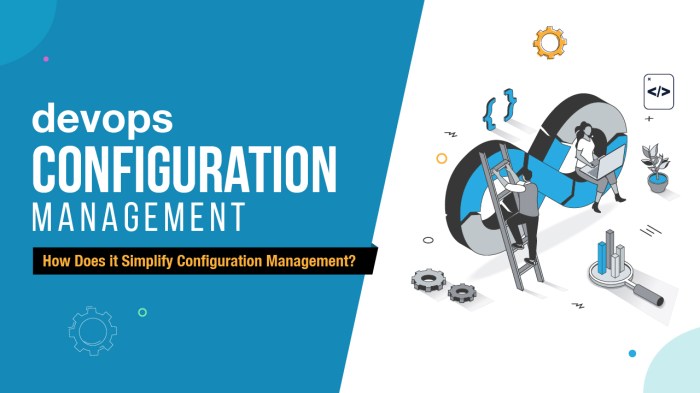
Configuration management plays a crucial role in ensuring consistency and reliability in software development processes. When integrated with Continuous Integration/Continuous Deployment (CI/CD) pipelines, it enhances the efficiency of software delivery and deployment.
Best Practices for Incorporating Configuration Management into CI/CD Workflows
- Automate Configuration: Implement automation tools to manage and update configurations automatically throughout the CI/CD pipeline.
- Version Control: Utilize version control systems to track changes in configurations and ensure traceability.
- Infrastructure as Code: Treat infrastructure configurations as code to enable easier management and reproducibility.
- Testing: Include configuration testing as part of the CI/CD process to identify issues early and prevent deployment failures.
Examples of Successful Implementations of Configuration Management within CI/CD Processes
Companies like Netflix and Amazon have demonstrated successful integration of configuration management with CI/CD pipelines:
- Netflix utilizes tools like Spinnaker for managing configurations across their microservices architecture, ensuring smooth deployments.
- Amazon leverages AWS CloudFormation for automating infrastructure provisioning and configuration management within their CI/CD workflows.
Concluding Remarks
Concluding our discussion on The Future of Configuration Management in DevOps, this final paragraph provides a concise summary of the key points discussed, leaving readers with a lasting impression.
Clarifying Questions
What role does configuration management play in DevOps?
Configuration management ensures consistency and efficiency in software development processes within DevOps by managing infrastructure and application configurations.
What are the risks of poor configuration management practices in DevOps?
Poor configuration management can lead to inconsistencies, errors, and delays in software delivery, impacting overall productivity and quality.
How does automation benefit configuration management in DevOps?
Automation helps in streamlining repetitive tasks, ensuring consistency, and accelerating the deployment process within configuration management in DevOps.
How does configuration management integrate with CI/CD pipelines?
Configuration management ensures that the correct configurations are applied consistently throughout the CI/CD pipeline, maintaining integrity and reliability in software delivery.

